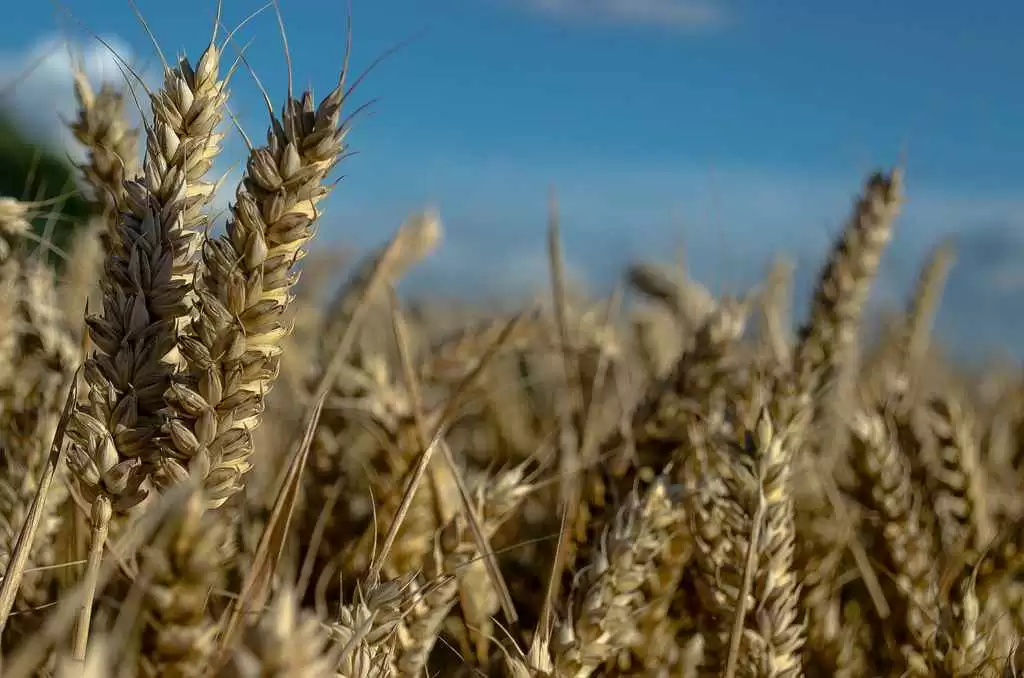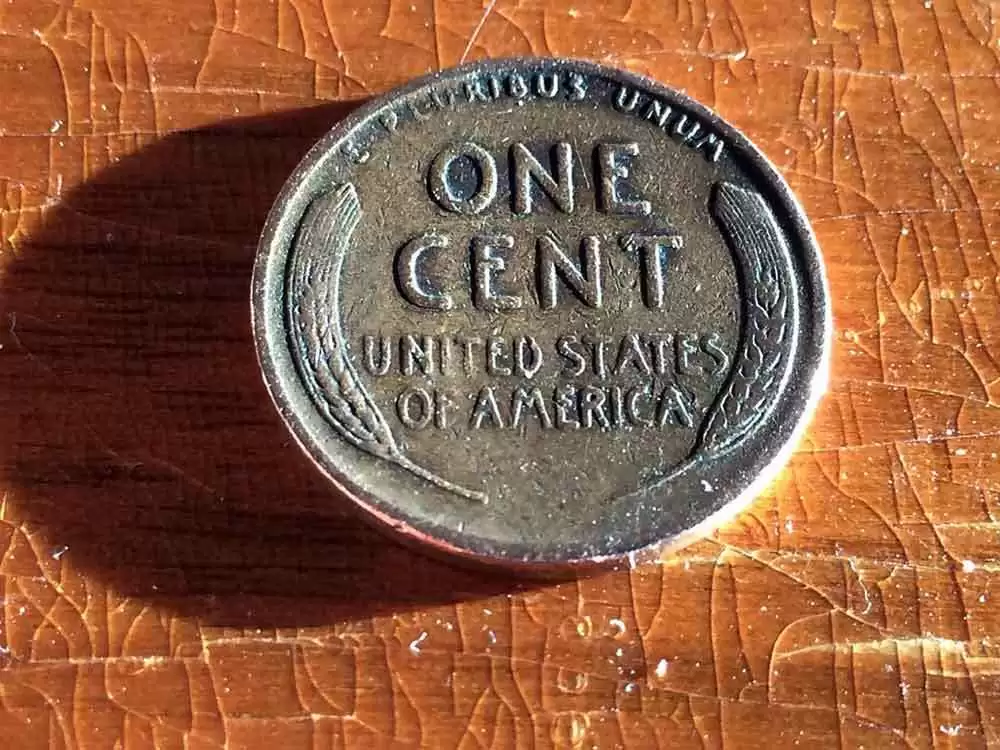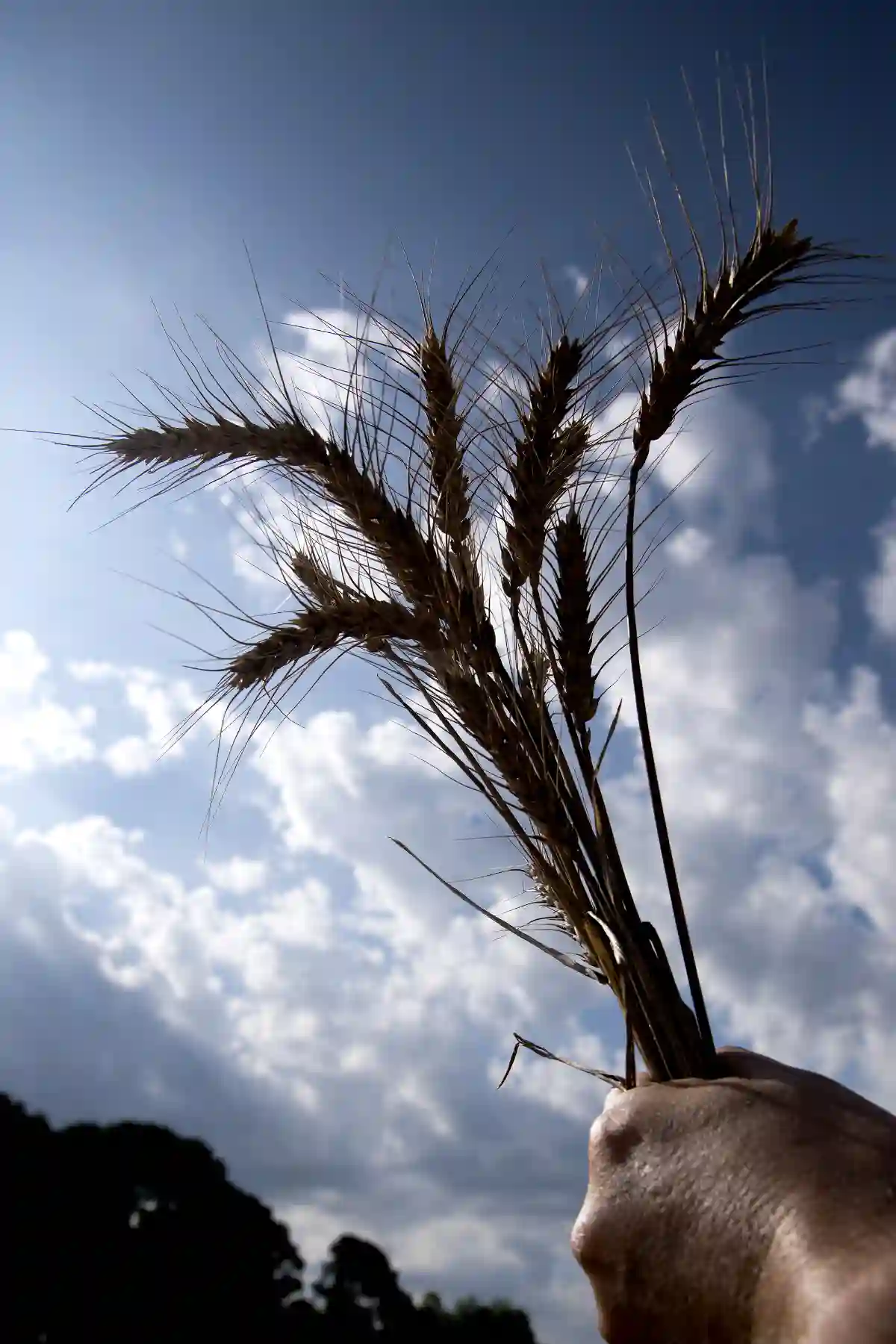Celiac.com 02/27/2024 - For people with celiac disease, finding gluten-free alternatives to traditional wheat flour has been a challenge. That is until now. Enter Bread Free, a Spanish biotech start-up breaking barriers with its groundbreaking creation: gluten-free wheat flour. But how does it work, and what does it mean for those of us who need to avoid gluten? Let's dig in.
A Game-Changer for Those with Celiac Disease
Bread Free has pioneered the development of gluten-free wheat flour, making them the first company to achieve this feat. Traditionally, wheat flour is off-limits for those with celiac disease due to its gluten content. However, Bread Free's innovative approach removes the gluten while preserving the flour's essential qualities.
Celiac.com Sponsor (A12):
Benefits of Bread Free Flour
Juan Garrido, co-founder of Bread Free, explains that their product maintains all the organoleptic properties of conventional wheat flour. Translation? It looks, feels, and tastes like the real deal. This is fantastic news for individuals with celiac disease who miss the taste and texture of wheat-based products.
Why It Matters
Celiac disease is a serious autoimmune condition triggered by the consumption of gluten, a protein found in wheat, barley, and rye. Symptoms can range from mild discomfort to severe digestive issues and nutrient deficiencies. With approximately 0.7% of the EU population affected by celiac disease, finding safe and affordable gluten-free options is crucial.
Addressing Price Concerns
One of the main challenges for individuals with celiac disease is the high cost of gluten-free products. Shortages of ingredients like rice flour have further strained prices in recent years. However, Bread Free's manufacturing process, similar to that of ordinary wheat flour, helps mitigate these price pressures without compromising quality or nutrition. Translation: The price should be reasonable.
Nutritional Quality
Despite concerns about the nutritional quality of gluten-free products, Bread Free flour maintains the nutritional benefits of wheat. This means individuals can still enjoy the dietary advantages of wheat flour while adhering to a gluten-free diet.
Is It Safe for Celiacs?
The company touts the product as gluten-free. If the final product is under 20ppm gluten, then it's likely safe for people with celiac disease.
Utilizing Artificial Intelligence and Biotechnology to Remove Gluten, Not Genetic Modification
Bread Free utilizes biotechnology, not genetic modification, to remove gluten from their flour. By leveraging artificial intelligence (AI), they optimize their production process to ensure product safety and efficiency. The result? A gluten-free wheat flour that meets food regulations and exceeds expectations.
Looking Ahead
Bread Free plans to launch its product first in Spain and then expand throughout Europe. This exciting development promises to revolutionize the gluten-free market and provide new options for individuals with celiac disease.
Bread Free's gluten-free wheat flour offers hope and opportunity for those living with celiac disease. With its ability to deliver the taste, texture, and nutrition of traditional wheat flour without the harmful effects of gluten, it represents a significant step forward in gluten-free innovation.
Stay tuned for more updates as Bread Free makes its mark on the world of gluten-free baking!











Recommended Comments
Create an account or sign in to comment
You need to be a member in order to leave a comment
Create an account
Sign up for a new account in our community. It's easy!
Register a new accountSign in
Already have an account? Sign in here.
Sign In Now